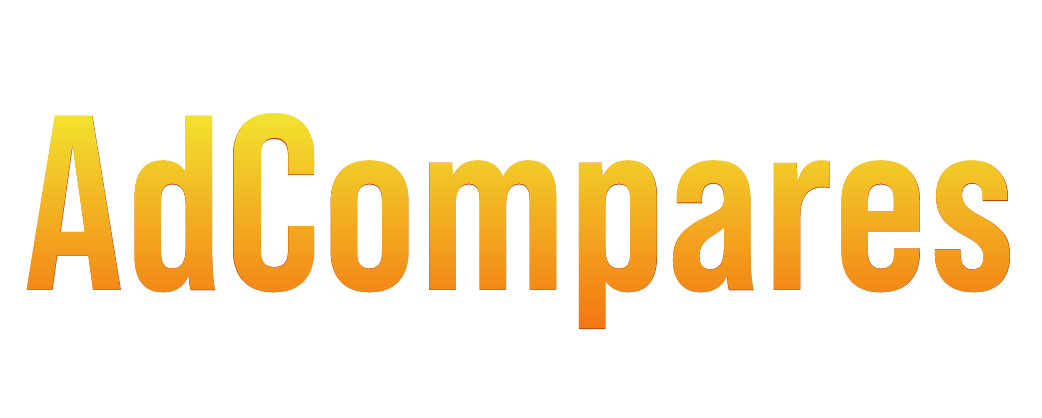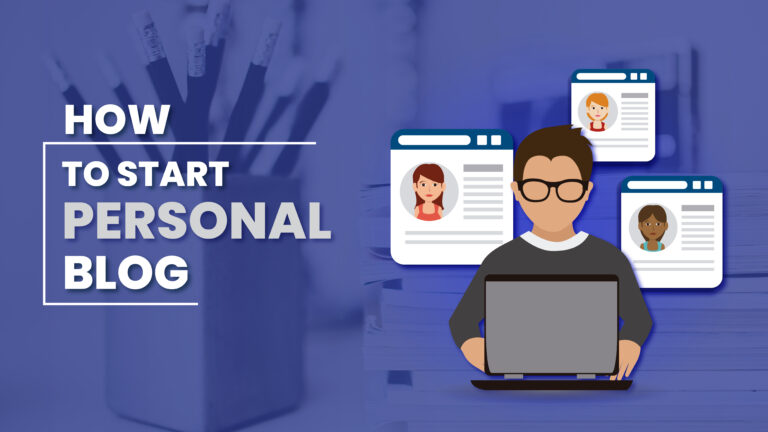To start a personal blog in 2025, follow these structured steps. Starting a blog requires clear planning and execution. Each step plays a crucial role in creating a successful personal blog that effectively shares your journey.
How to Start a Personal Blog (Easy Steps)
Choose a Niche
To start a personal blog, choose a niche. A niche is a specific topic that captures your interest. Selecting a niche helps target a particular audience. Focus on areas you are passionate about. Popular niches include travel, lifestyle, parenting, and personal finance.
Research Your Niche
To research your niche, use tools like Google Trends and social media analytics. Identify current trends and audience preferences. Analyze existing blogs to see what content resonates. This analysis helps create unique and relevant content for your audience.
Select a Blogging Platform
To select a blogging platform, consider popular options like WordPress, Blogger, and Medium. WordPress is renowned for its flexibility and extensive customization options. Blogger is user-friendly, while Medium emphasizes writing and storytelling. Choose a platform that aligns with your goals and technical skills.
Create an Account
To create an account, visit the chosen platform’s website. Click on “Sign Up” or “Get Started.” Provide your email address and create a secure password. Verify your email to activate your account.
Choose a Domain Name
To choose a domain name, select a name that reflects your niche and is easy to remember. A domain name is your blog’s web address. Ensure it is unique and available for registration. Consider using a domain name generator for ideas.
Design Your Blog
To design your blog, select a theme that aligns with your brand. A theme determines your blog’s look and feel. Choose a responsive design to ensure it looks good on all devices. Customize your theme using colors, fonts, and images that resonate with your audience.
Customize Your Theme
To customize your theme, navigate to the theme settings. Adjust layout, colors, and fonts to match your brand identity. Add a logo for recognition. Ensure a user-friendly design for easy navigation.
Create Quality Content
To create quality content, focus on relevant topics. Your content should be engaging, informative, and original. Use various formats, such as articles, videos, and infographics. This variety keeps your audience interested and engaged.
Plan Your Content
To plan your content, create an editorial calendar. An editorial calendar outlines your posting schedule. Include topics, deadlines, and publishing dates to maintain consistency. Aim to publish regularly to keep your audience engaged.
Write Engaging Posts
To write engaging posts, start with a compelling headline. Headlines should be catchy and relevant to the content. Use short paragraphs and bullet points for better readability. Include visuals to support your text. Visuals enhance understanding and retention.
Promote Your Blog
To promote your blog, utilize social media platforms. Share your posts on Facebook, Instagram, and Twitter. Engage with your followers by responding to comments and messages. Consistent engagement helps build a loyal audience.
Collaborate with Other Bloggers
To expand your reach, collaborate with other bloggers. Guest posting on established blogs introduces your work to new audiences. Join blogging communities or networks to connect with other bloggers.
Use SEO Techniques
To optimize your blog for search engines, implement SEO strategies. SEO improves your blog’s visibility on search engines. Use relevant keywords throughout your content, including titles and headings. This practice enhances searchability and attracts organic traffic.
Build a Community
To build a community around your blog, encourage reader interaction. Enable comments on your posts and actively respond to them. Create a newsletter to keep your audience updated on new content. A newsletter helps maintain a connection with your readers.
Host Events or Webinars
To engage your audience, consider hosting events or webinars. These events provide valuable content and facilitate direct interaction with your audience. Use platforms like Zoom or Facebook Live to connect in real time.
Monetize Your Blog
To monetize your blog, explore various income streams. Affiliate marketing allows you to earn commissions by promoting products. Sponsored posts are another way to generate income. Collaborate with brands that align with your niche for sponsored content.
Create Digital Products
To diversify your income, consider creating digital products. E-books, online courses, and printables provide additional revenue streams. These products leverage your expertise and offer value to your audience.
Use Advertising
To generate revenue through advertising, consider using platforms like Google AdSense or affiliate networks. These services display ads on your blog, generating income based on clicks or impressions.
Monitor and Analyze Performance
To monitor your blog’s performance, use analytics tools like Google Analytics. This tool tracks visitor behavior, traffic sources, and user demographics. Analyzing this data helps you understand what content resonates with your audience.
Set Goals
To improve performance, set measurable goals. Goals could include increasing page views, growing your email list, or boosting engagement rates. Regularly review your progress and adjust strategies based on analytics.
Conclusion
Starting a personal blog in 2025 requires careful planning and execution. Choose a niche, select a blogging platform, and create quality content. Promote your blog through social media and SEO techniques. Build a community and explore monetization options. Monitor your blog’s performance and adjust strategies for continued growth. With dedication, you can effectively share your journey with a wide audience.
Frequently Asked Questions (FAQs)
What is the best platform for starting a personal blog in 2025?
WordPress is widely considered the best platform for personal blogs due to its flexibility and extensive customization options.
How do I choose a niche for my blog?
To choose a niche, consider your passions, interests, and expertise. Research market trends to identify popular topics.
How often should I post new content?
Posting frequency varies, but consistency is crucial. Aim for at least one new post per week to keep your audience engaged.
Can I monetize my blog immediately after starting it?
Monetization is possible after establishing a consistent audience. Focus on creating quality content first, then explore monetization options.
How can I grow my blog’s audience?
To grow your audience, utilize social media, collaborate with other bloggers, and engage with your readers through comments and newsletters.

